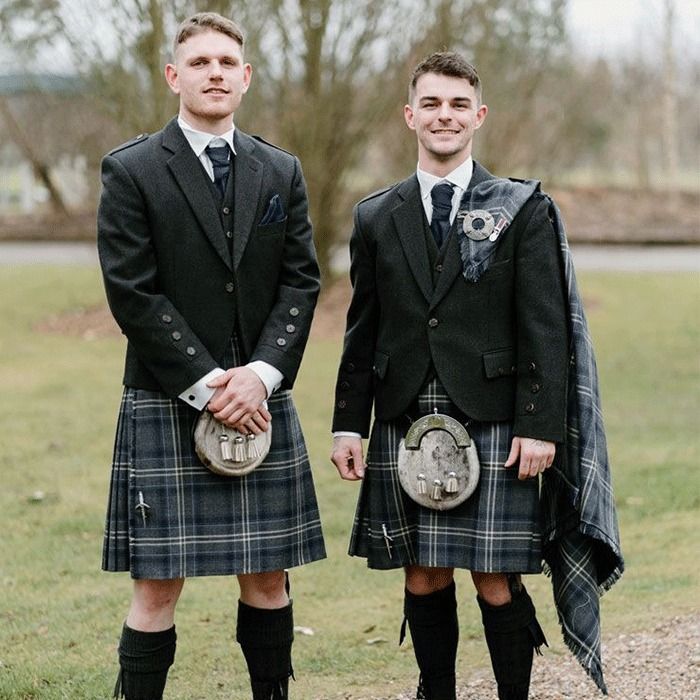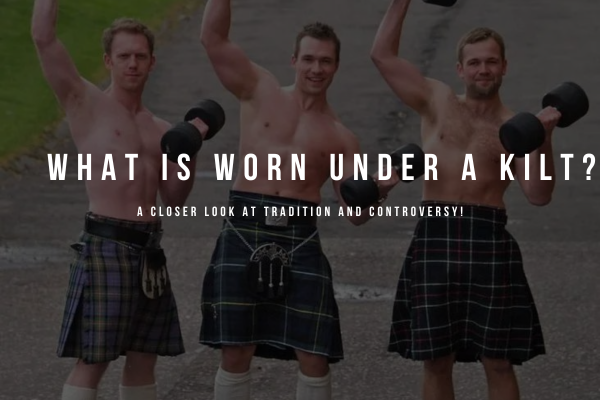The kilt, a garment deeply embedded in Scottish heritage, carries with it a rich tapestry of tradition and cultural significance. Often worn with pride during formal events and celebrations, the kilt has become a symbol of Scottish identity. Amidst the swirl of tartan fabric, a question persists in popular imagination: What is worn under a kilt? In this exploration, we’ll delve into the historical context of the kilt, examine the varied opinions on what should be worn beneath it, and unravel the mystery that has intrigued generations.
Table of Contents
The Traditional Kilt

To understand the mystery, one must first appreciate the kilt itself. A knee-length garment adorned with pleats, the traditional Scottish kilt is crafted from tartan fabric, each pattern representing a specific clan or region. This iconic piece of clothing holds a cherished place in Scottish culture, a testament to both tradition and rebellion.
The Mystery Unveiled – What’s Underneath
The longstanding notion that nothing is worn beneath the kilt has become a part of popular lore. However, historical evidence suggests a different reality. Traditionalists argue that historical undergarments, known as “breeks” or “trews,” were commonly worn beneath the kilt, providing both modesty and practicality. While modern times have seen the rise of the “going commando” trend, it is essential to recognize the historical practices that shaped this aspect of Scottish attire. You may also read our post on ‘Did the Vikings wear kilts?‘
Controversy and Modern Perspectives
The debate over what lies beneath the kilt continues to generate lively discussions. Some insist on upholding the historical tradition of wearing undergarments, emphasizing the cultural significance of this practice. Others, taking a more contemporary stance, champion the freedom to choose whether to adhere to tradition or embrace a more modern approach.
Guide: What to wear with your kilt?
Conclusion
The mystery of what is worn under a kilt adds a layer of fascination to an already captivating piece of Scottish heritage. As we navigate the debates surrounding tradition and modern perspectives, it’s crucial to approach the topic with an understanding of historical context. Whether one chooses to embrace tradition or navigate a more modern path, the essence of the kilt remains rooted in a rich cultural tapestry. So, the next time someone inquires about what’s under the kilt, armed with historical knowledge, you can provide a nuanced perspective that respects the traditions of the past while acknowledging the evolving nature of cultural practices.
